NASA’s NuSTAR achieves its fifth year in space
To commemorate NuSTAR’s first five years in space, the principal investigator, Fiona Harrison, has chosen her five favourite images of the mission
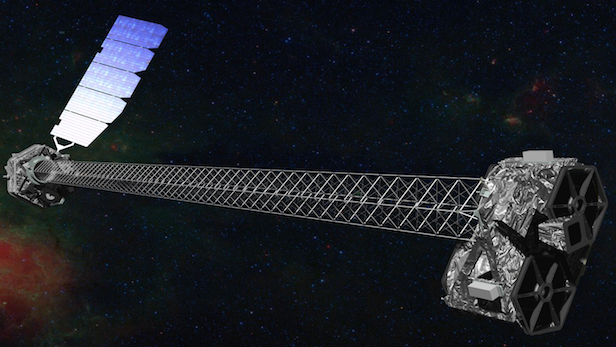
This is an artist’s rendition of the NuSTAR space telescope in orbit. Image credit: NASA/JPL-Caltech
NASA’s Nuclear Spectroscopic Telescope Array was launched on 13 June 2012, at 16:00 UTC. It was originally scheduled for two years of operation, but five years later it’s still going. Fiona Harrison, NuSTAR’s principal investigator, has chosen five of the most iconic images, or artist impressions, gained from the expedition.
The primary scientific goal of the space telescope was to hunt the cosmos for black holes, which is achieved by observing the surrounding high-energy X-ray particles in high resolution. NuSTAR has also observed the elements that are generated in supernova remnants, and by imaging these remnants, NuSTAR has created some fantastic pictures including the one below.
The cosmic destroyer – The Black Hole
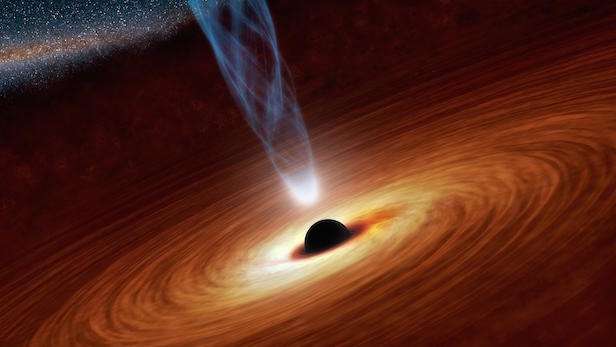
This supermassive black hole is millions to billions times the mass of the Sun. Image credit: NASA/JPL-Caltech
“This is an artist’s concept of a region very near a black hole,” Harrison said. “It was made to go along with some of our very first results, where we measured the spin of a supermassive black hole unambiguously for the first time. NuSTAR’s high-energy X-ray vision allowed us to distinguish between models that explain what produces black holes’ X-ray emissions, and this information led us to conclude that the observed black hole is rapidly spinning.”
Remains of Cassiopeia A
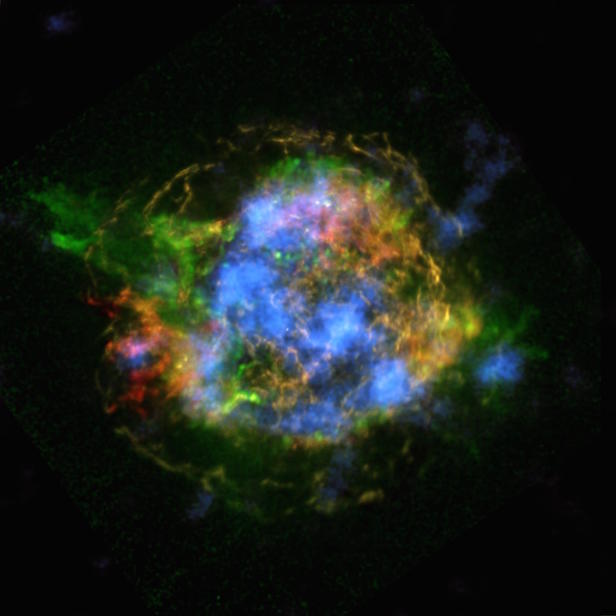
The radioactive material is shown in blue, and the non-radioactive material is shown in red, yellow and green. Image credit: NASA/JPL-Caltech/CXC/SAO
“This is a beautiful image, and one of the things we built NuSTAR to do — to make the first-ever map of emission from radioactivity in the remnant of an exploded star,” Harrison said. “We spent years developing specialised detectors to have the capability to make this image. From the image, we were able to determine the mechanism that caused the star to explode.”
How to find a pulsar
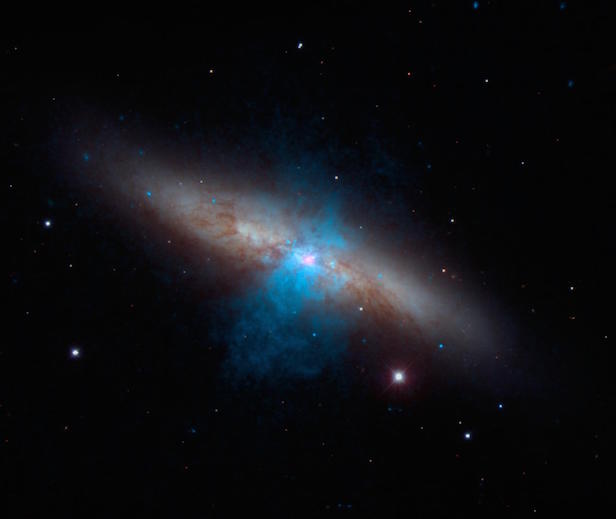
Because of this pulsar (pink) discovery, two other pulsars have been unveiled. Image credit: NASA/JPL-Caltech/SAO/NOAO
“This result was one of the biggest surprises from NuSTAR. We detected X-ray pulses from an object in a galaxy that everybody had assumed was a black hole, thereby showing it was actually a stellar remnant called a pulsar. At the time, it was by far the brightest pulsar known. At first nobody believed it, but the signal was so strong and clear,” Harrison said.
The many colours of solar flares
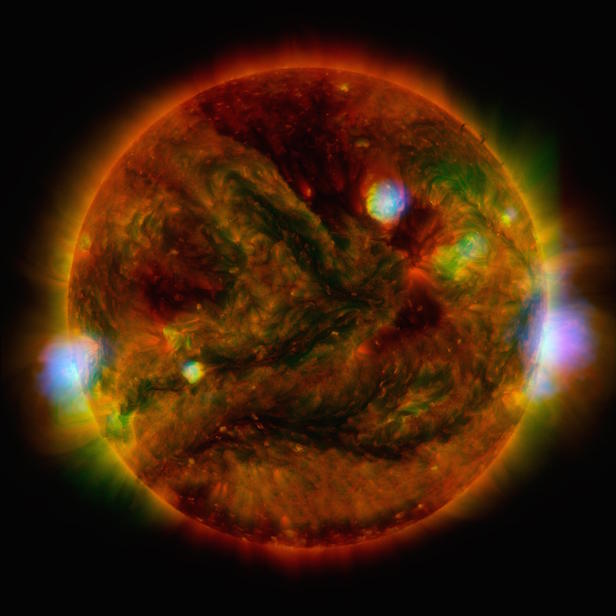
NuSTAR’s high-energy X-ray emission is shown in blue. Image credit: NASA/JPL-Caltech/GSFC/JAXA
“With NuSTAR, we see flaring, active regions of the sun where high-energy particles are being created. NuSTAR was built as an astrophysics mission, not to study the sun,” Harrison said. “People thought we were crazy at first to point such a sensitive observatory at the sun and potentially ruin it. But now, by studying the sun with much greater sensitivity in high-energy X-rays, we are making important contributions to the field of solar physics.”
Active Galactic Nucleus of NGC 1448
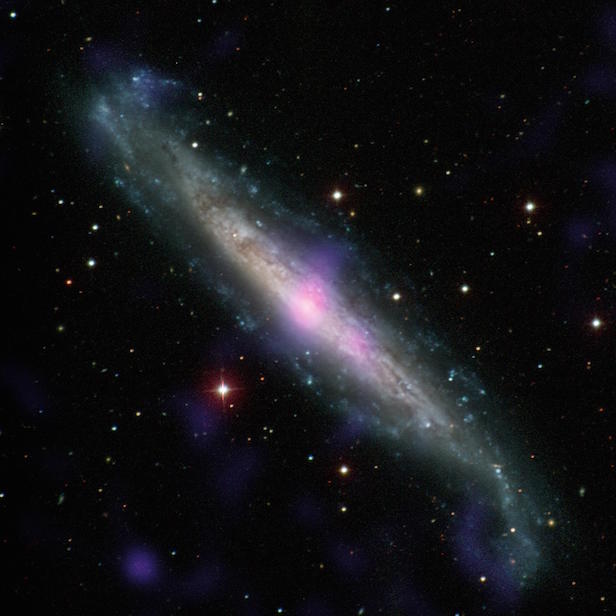
NGC 1448 is a spiral galaxy that lies 55 million light years from us. Image credit: NASA/JPL-Caltech/Carnegie-Irvine Galaxy Survey
“This image illustrates another major accomplishment NuSTAR was designed for — to find hidden black holes buried by dust and gas,” Harrison said. “This is a wonderful result, led by two graduate students. What they found is that there is a thick layer of gas and dust hiding the active black hole in the galaxy NGC 1448 from our sight.”
Keep up to date with the latest space news in All About Space – available every month for just £4.99. Alternatively you can subscribe here for a fraction of the price!




